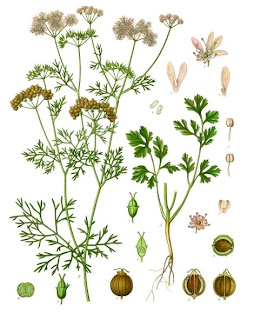Morinda citrifolia is a tree in the coffee family, Rubiaceae. Its native range extends through Southeast Asia and Australasia, and the species is now cultivated throughout the tropics and widely naturalised.
English common names include great morinda, Indian mulberry, noni, beach mulberry, and cheese fruit.
Vernaculat names include nunaakai (Tamil Nadu, India), dog dumpling (Barbados), mengkudu (Indonesia and Malaysia), apatot (Philippines), kumudu (Bali), pace (Java).
M. citrifolia grows in shady forests, as well as on open rocky or sandy shores. It reaches maturity in about 18 months, then yields between 4 and 8 kg (8.8 and 18 lb) of fruit every month throughout the year. It is tolerant of saline soils, drought conditions, and secondary soils. It is therefore found in a wide variety of habitats: volcanic terrains, lava-strewn coasts, and clearings or limestone outcrops, as well as in coralline atolls.[3] It can grow up to 9 m (30 ft) tall, and has large, simple, dark green, shiny and deeply veined leaves.
The plant bears flowers and fruits all year round. The fruit is a multiple fruit that has a pungent odour when ripening, and is hence also known as cheese fruit or even vomit fruit. It is oval in shape and reaches 10–18 centimetres (3.9–7.1 in) size. At first green, the fruit turns yellow then almost white as it ripens. It contains many seeds.
 Ingredient
Ingredient



















.bmp)



























